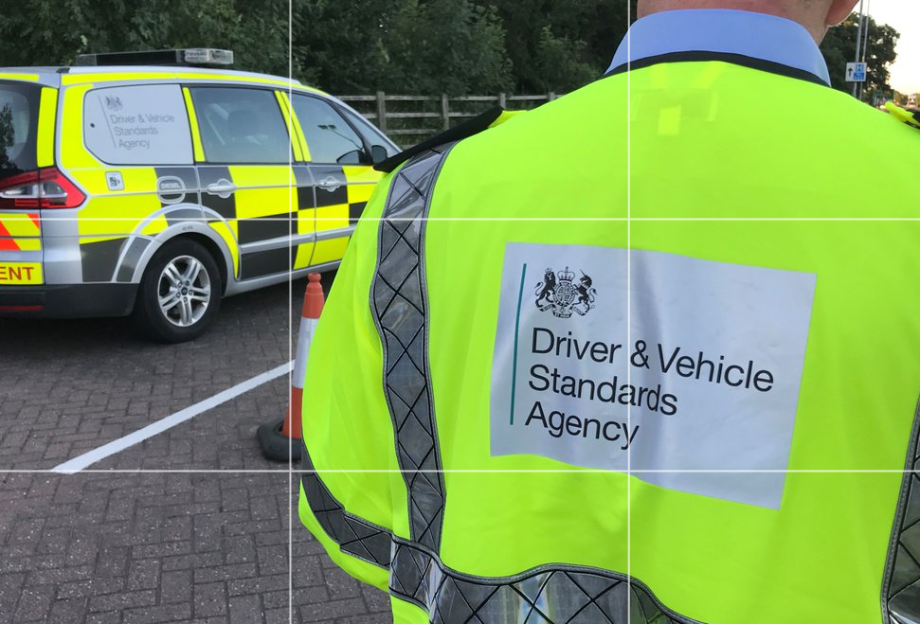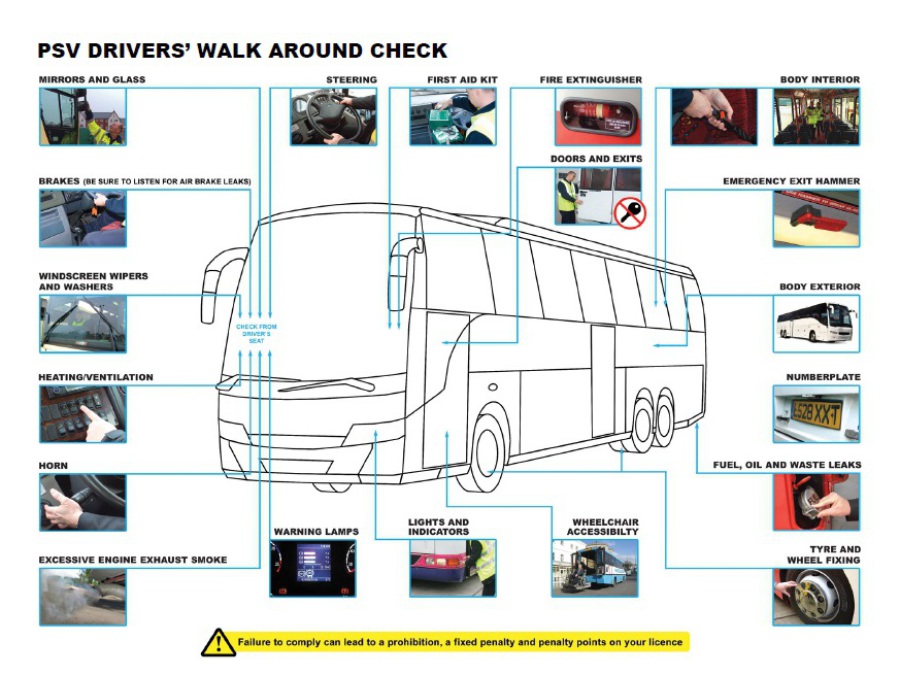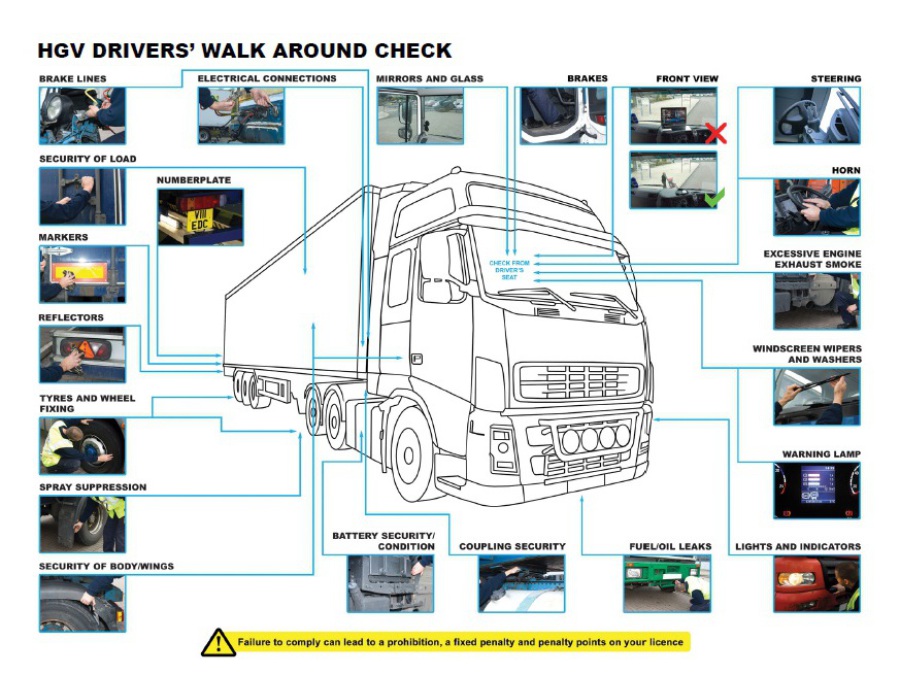Legal notice
GB Domestic rules
GB domestic rules
The GB domestic drivers’ hours rules apply to most passenger-carrying vehicles and goods vehicles that do not have to follow the EU rules.
GB domestic rules apply in Great Britain - there are separate rules in Northern Ireland.
Goods vehicles
Duty time
If you work as a driver for a company, duty time is any working time. If you’re self-employed, duty time is only time you spend driving the vehicle or doing other work related to the vehicle or its load.
Daily driving limit
You must not drive for more than 10 hours in a day:
- on a public road
- off-road if not during duty time
- Off-road driving counts as duty time if it’s for:
- agriculture
- quarrying
- forestry
- building work
- civil engineering
Daily duty limit
You must not be on duty for more than 11 hours in any working day. This limit doesn’t apply on any working day when you do not drive.
You must record your hours on a weekly record sheet or on a tachograph.
Passenger-carrying vehicles
Duty time
If you work as a driver for a company, duty time is any working time. If you’re self-employed, duty time is only time you spend driving the vehicle or doing other work related to the vehicle or its load.
Daily driving limit
You must not drive for more than 10 hours in any working day.
Breaks and continuous driving
After 5 hours 30 minutes of driving you must take a break of at least 30 minutes for rest and refreshment.
Or, within any period of 8 hours 30 minutes, you must take at least 45 minutes in breaks. You must also have a break of at least 30 minutes at the end of this period, unless it’s the end of the working day.
Length of working day (‘spreadover’)
You must not work more than 16 hours between the times of starting and finishing work - including non-driving work and any times when you’re off.
Daily rest periods
You must take a rest of 10 hours before the first duty and immediately after the last duty in a working week.
You must take a rest of at least 10 hours between 2 working days (or spreadovers) - this can be reduced to 8.5 hours up to 3 times a week.
Fortnightly rest periods
Every 2 weeks you must take at least one period of 24 hours off duty.
A fixed week is from 00:00 hours on Monday to 24:00 hours the next Sunday.
Exemptions to the GB domestic rules
The GB Domestic rules do not apply if you:
drive for less than 4 hours in any day
drive off-road or on private roads during duty time
drive a vehicle used by the armed forces, police or fire brigade
are dealing with an emergency, eg major disruption to public services or danger to life.
HGV
Driving ‘Driving time’ is the duration of driving activity recorded either by the recording equipment or manually when the recording equipment is broken. Even a short period of driving under EU rules during any day by a driver will mean that he is in scope of the EU rules for the whole of that day and must comply with the daily driving, break and rest requirements; he will also have to comply with the weekly rest requirement and driving limit. Breaks and driving limits Breaks After a driving period of no more than 4.5 hours, a driver must immediately take a break of at least 45 minutes unless he takes a rest period. A break taken in this way must not be interrupted. For example:
Alternatively, a full 45-minute break can be replaced by one break of at least 15 minutes followed by another break of at least 30 minutes. These breaks must be distributed over the 4.5-hour period. Breaks of less than 15 minutes will not contribute towards a qualifying break, but neither will they be counted as duty or driving time. The EU rules will only allow a split-break pattern that shows the second period of break being at least 30 minutes.
Find more information by downloading the Pdf links below.
PSV walk around check
As a bus or coach driver, you should follow employer and government guidance to ensure the safety of yourself, your passengers, other road users and pedestrians.
You must carry out a daily walkaround check to see if your PSV vehicle is safe to drive and record the results of the check. Vehicle daily checks are a simple and effective way to spot potentially dangerous issues or defects before vehicles, it should take no more than 10 to 15 minutes. The check should be recorded, dated and signed by the person carrying out the check. If no faults are identified after checking the vehicle, then 'no defects' should be recorded as NIL.
Driver CPC and tachograph card You must always carry your Driver Qualification Card (for the Driver Certificate of Professional Competence) when driving a bus or coach. You must complete 35 hours of periodic training every 5 years towards your Driver Certificate of Professional Competence to drive a bus, coach and a lorry.
HGV walk around check
As a lorry driver, you should follow employer and government guidance to ensure the safety of yourself, your passengers, other road users and pedestrians.
You must carry out a daily walkaround check to see if your HGV vehicle is safe to drive and record the results of the check. Vehicle daily checks are a simple and effective way to spot potentially dangerous issues or defects before vehicles, it should take no more than 10 to 15 minutes. The check should be recorded, dated and signed by the person carrying out the check. If no faults are identified after checking the vehicle, then 'no defects' should be recorded as NIL.
You must carry a digital driver card if you have been issued with one, even if you are driving a vehicle with an analogue tachograph. If your work is covered by EU Drivers’ Hours regulations and your vehicle is equipped with a digital tachograph, it is a legal requirement for you to use a driver card. If a vehicle fitted with a digital tachograph is being used on work covered by British Domestic Regulations, it must be set to ‘out of scope’. More information can be found at: www.gov.uk/tachographs For more information on how many hours you can drive and the breaks that you need to take, please go to: www.gov.uk/drivers-hours
Drivers’ hours and tachographs
enquiries@dvsa.gov.uk
Telephone: 0300 123 9000
Monday to Friday, 7:30am to 6pm
Find out about call charges
Or write to:
DVSA
The Ellipse
Padley Road
Swansea
SA1 8AN
Name of company
D&G Union
Registered office
Murray Road
Orpington BR5 3QY
Contact details
Tel: 08448 005557
E-mail: dngunion@outlook.com
Business ID no.



